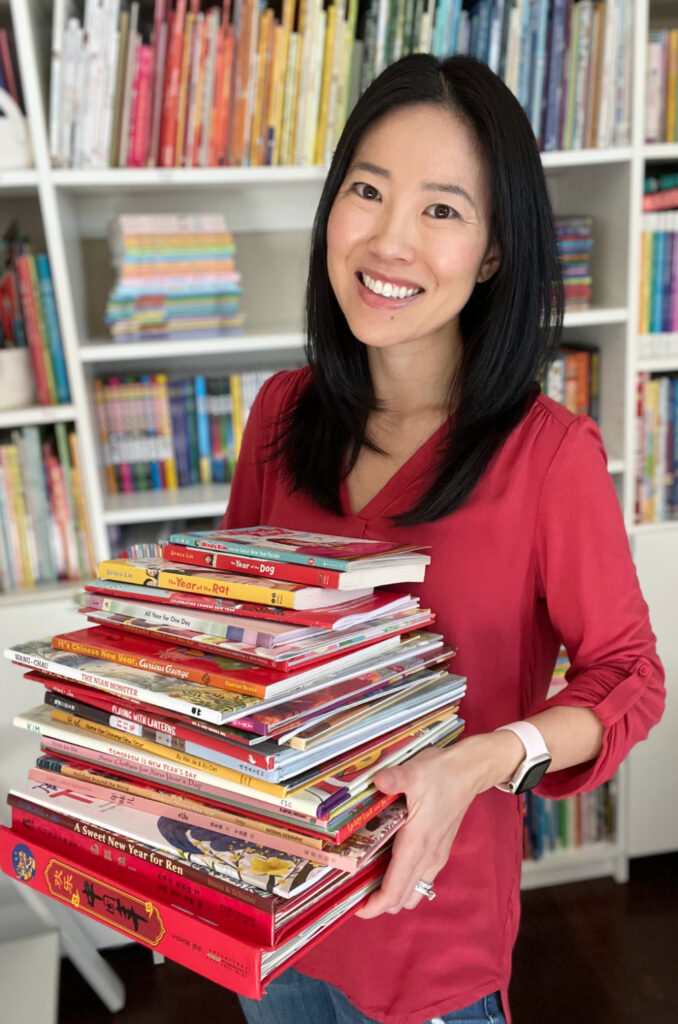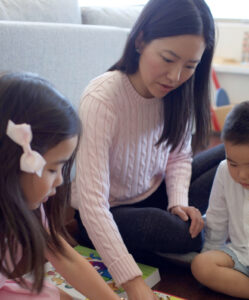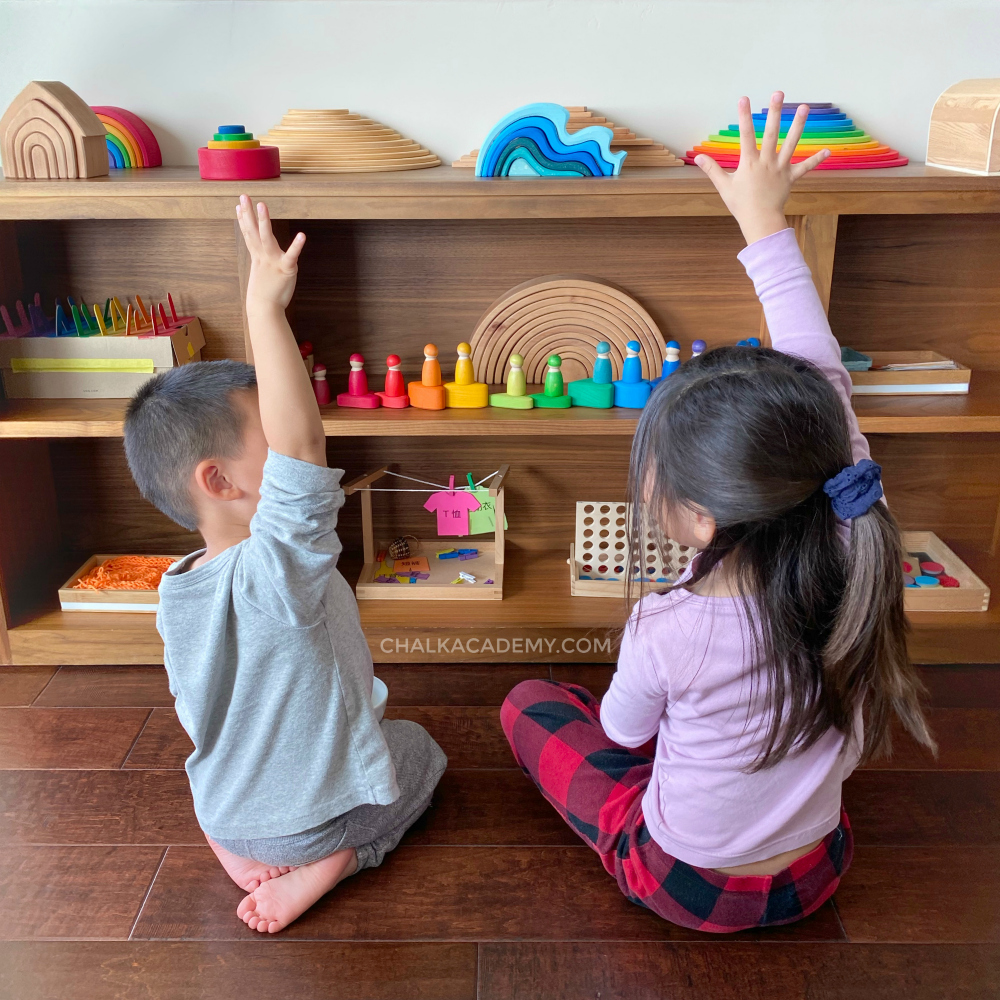About Chalk Academy

If you’re wondering how to raise a bilingual child, you’re in the right place.
Chalk Academy was inspired by Dr. Betty Choi’s triumphs and trials with re-learning her family’s heritage language with her children in a monolingual community.
This website is a treasure trove of resources for parents, caregivers, and teachers like you.
Language can connect people near and far, friends and strangers, generations, and cultures.
Language has the power to open hearts and heal wounds.
Here, you will find tips, activities, and resources to prepare your family and home for a connected bilingual learning journey.
About founder Dr. Betty Choi
Dr. Betty Choi is a Harvard-trained pediatrician, author, and mother. She grew up speaking only English and became conversational in Mandarin Chinese while teaching and learning the language with her children.
Ten years ago, when her children were young, they also learned Korean together. Eventually, the family focused on learning Chinese as a second language.
Dr. Choi is also a former piano teacher with a B.A. in International Relations, a B.S. in Biology, and a minor in psychology from her hometown college in New York. She is passionate about making learning accessible and memorable for all ages.
Dr. Choi’s advice has been featured on PBS, Healthline, Parents, The Atlantic, and VeryWell. Learn about her mission below.

Finding the “why.”
In every job I’ve had in pediatrics and education, I’ve found that children are natural learners. I’ve seen parents doing the best for their kids, even when they don’t think they are.
But my most eye-opening discovery has been outside of work: I’ve been watching my children play, love, and thrive in a language I deeply rejected in childhood.
While allowing myself to re-learn Chinese with my kids, I’ve been dreaming of a world where all children can experience this true freedom of speech.
A multilingual home where parents and children feel heard.
A room where families can gather and connect in the language of their hearts, even if they live in a community that doesn’t understand the culture.
I can’t wait to tell you our story and strategies. If the tips help your family, it creates momentum for more people to join the path forward with us.
If you don’t know where you’ve come from, you don’t know where you’re going. – Maya Angelou

I’m a second-generation Chinese American mom of two elementary-aged children.
I’m married to my best friend, a Korean American guy. We are raising our kids in a small, non-diverse town in California.
As immigrants, Chinese was my parents’ native language, but our family always felt pressured to speak English. Outside our home were threats of bullying and microaggressions. Inside our home was a foreign culture that I struggled to embrace.
After my parents passed away, I desperately tried to remember their childhood stories for my children. Instead, I found myself forgetting what they had shared in different dialects.
My husband had a similar path of language attrition. Despite having more pride in his heritage, he only says 똥 “ttong” (poop) and 방구 “bang-gu” (fart) in Korean.
These limitations are common for our generation, pervasive like the language barriers between the people we care about. When my husband’s grandmother was dying, we quietly held her hands. If only we could offer comfort in Korean, her language…
From rejection to respectful, bilingual relationships

Despite our limitations, you might be surprised that our children speak Mandarin. You could hear them reciting their favorite Korean nursery rhymes and stories when they were younger.
While speaking English fluently and being fully American, they are learning how to be connected to their heritage.
It’s never too early to learn, and it’s never too late to learn.
The best time to start learning differs for each person and family, and the foundation starts with our mindset.
We aren’t just learning words in another language.
We’re learning about ourselves and one another. We’re discovering history and the generations that paved the path before us. We’re opening our hearts to new cultures. We’re cultivating relationships.
No matter how much we know or don’t know, today is a new terrain for growing with our curious kids.
Each part of this website provides strategies to empower parents through the challenging journey.
Raising multilingual children: start here
Bilingual parenting can often feel overwhelming. Remember that it’s okay to take your time. My articles are here to help you jump-start or reboot your multilingual journey.
- Tips on creating a multilingual learning environment
- Tips for speaking the target language
- Teach Kids Chinese Jump Start Guide
- Teach Kids Korean Jump Start Guide
Celebrating all minority languages
Although my articles are written in English, many include key Chinese translations and sometimes Korean.
However, most tips and activities can be adapted to other languages. I’ve enjoyed meeting families learning French, German, Gujarati, Hebrew, Hindi, Italian, Japanese, Khmer, Portuguese, Russian, Spanish, Tamil, Thai, Vietnamese, and more through this website.
Let’s raise multilingual kids together!
I’d love to learn more about your parenting and teaching experiences, and I welcome all feedback.
谢谢! 謝謝! 감사합니다! Thank you!
For I can do all things through Christ who strengthens me – Philippians 4:13